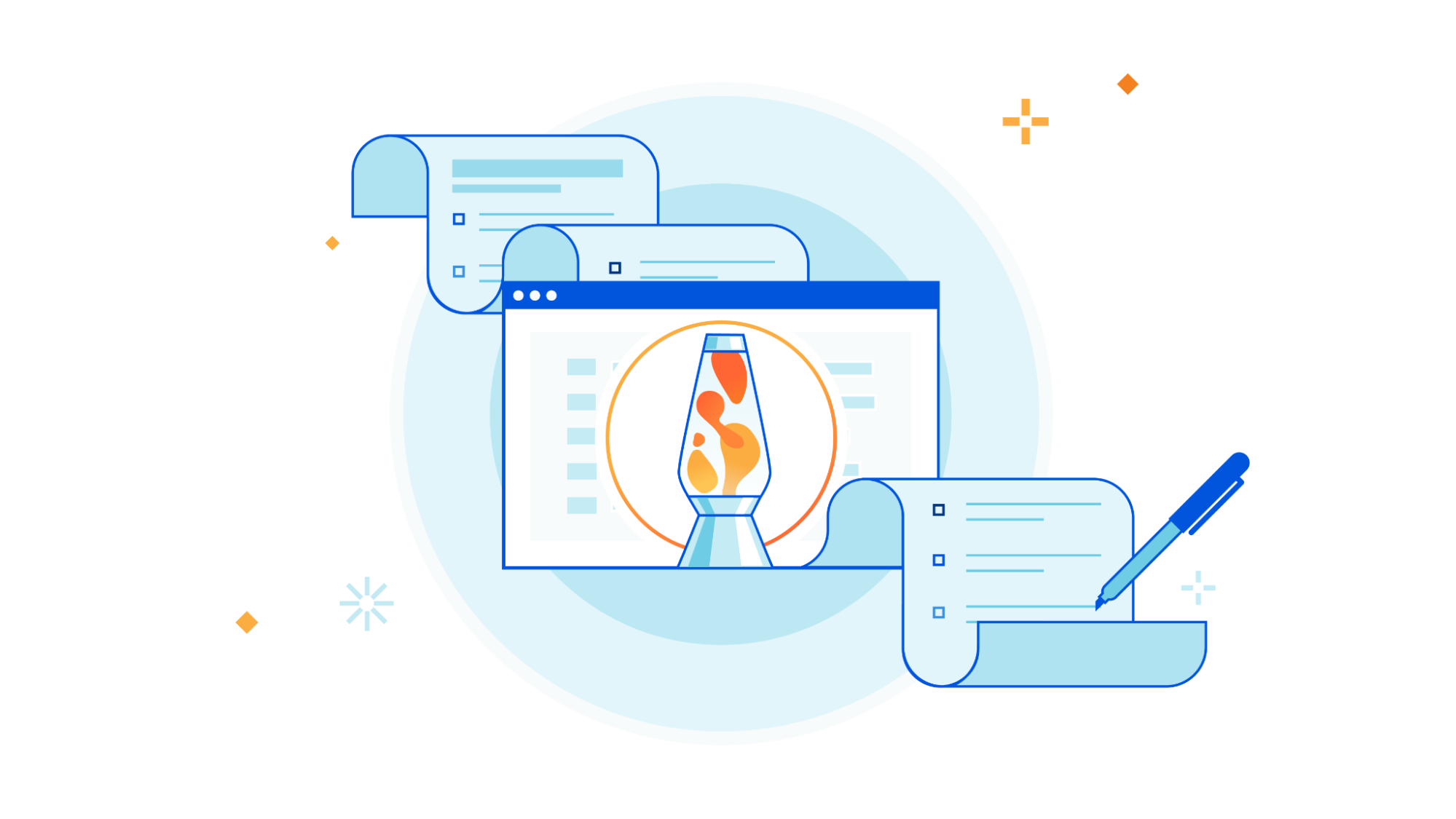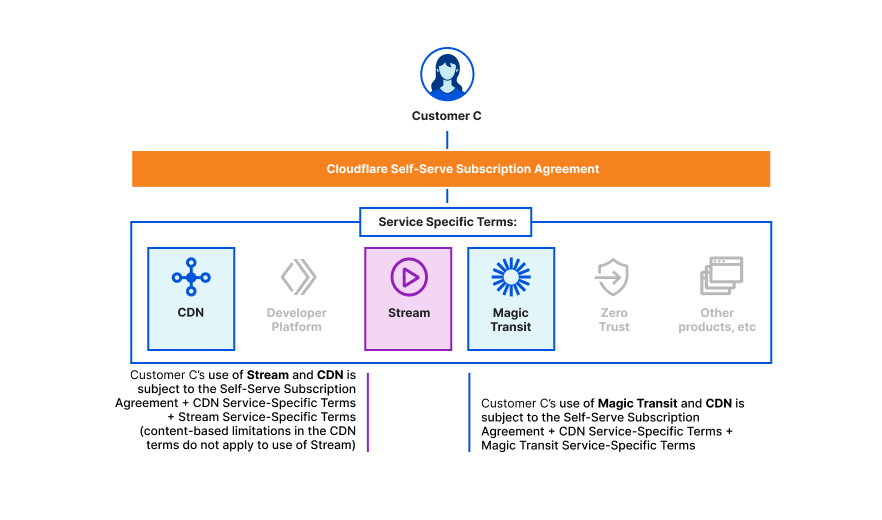Loading...

Earlier this year, we blogged about an incident where we mistakenly throttled a customer due to internal confusion about a potential violation of our Terms of Service. That incident highlighted a growing point of confusion for many of our customers. Put simply, our terms had not kept pace with the rapid innovation here at Cloudflare, especially with respect to our Developer Platform. We’re excited to announce new updates that will modernize our terms and cut down on customer confusion and frustration.
A bit of background on our legal terms of service
We want our terms to set clear expectations about what we’ll deliver and what customers can do with our services. But drafting terms is often an iterative process, and iteration over a decade can lead to bloat, complexity, and vestigial branches in need of pruning. Now, time to break out the shears.
Snip, snip
To really nip this in the bud, we started at the source–the content-based restriction housed in Section 2.8 of our Self-Serve Subscription Agreement:

Cloudflare is much, much more than a CDN, but that wasn’t always the case. The CDN was one of our first services and originally designed to serve HTML content like webpages. User attempts to serve video and other large files hosted outside of Cloudflare were disruptive on many levels. So, years ago, we added Section 2.8 to give Cloudflare the means to preserve the original intent of the CDN: limiting use of the CDN to webpages.
Over time, Cloudflare’s network became larger and more robust and its portfolio broadened to include services like Stream, Images, and R2. These services are explicitly designed to allow customers to serve non-HTML content like video, images, and other large files hosted directly by Cloudflare. And yet, Section 2.8 persisted in our Self-Serve Subscription Agreement–the umbrella terms that apply to all services. We acknowledge that this didn’t make much sense.
To address the problem, we’ve done a few things. First, we moved the content-based restriction concept to a new CDN-specific section in our Service-Specific Terms. We want to be clear that this restriction only applies to use of our CDN. Next, we got rid of the antiquated HTML vs. non-HTML construct, which was far too broad. Finally, we made it clear that customers can serve video and other large files using the CDN so long as that content is hosted by a Cloudflare service like Stream, Images, or R2. This will allow customers to confidently innovate on our Developer Platform while leveraging the speed, security, and reliability of our CDN. Video and large files hosted outside of Cloudflare will still be restricted on our CDN, but we think that our service features, generous free tier, and competitive pricing (including zero egress fees on R2) make for a compelling package for developers that want to access the reach and performance of our network.
Here are a few diagrams to help understand how our terms of service fit together for various use cases.
Customer A is on a free, pro, or business plan and wants to use the CDN service:

Customer B is on a free, pro, or business plan and wants to use the Developer Platform and Zero Trust services:

Customer C is on a free, pro, or business plan and wants to use Stream with the CDN service and Magic Transit with the CDN service:

Quality of life upgrades
We also took this opportunity to tune up other aspects of our Terms of Service to make for a more user-first experience. For example, we streamlined our Self-Serve Subscription Agreement to make it clearer and easier to understand from the start.
We also heard previous complaints and removed an old restriction on benchmarking–we’re confident in the performance of our network and services, unlike some of our competitors. Last but not least, we renamed the Supplemental Terms to the Service-Specific Terms and gave them a major facelift to improve clarity and usability.

Users first
We’ve learned a lot from our users throughout this process, and we are always grateful for your feedback. Our terms were never meant to act as a gating mechanism that stifled innovation. With these updates, we hope that customers will feel confident in building the next generation of apps and services on Cloudflare. And we’ll keep the shears handy as we continue to work to help build a better Internet.
We protect entire corporate networks, help customers build Internet-scale applications efficiently, accelerate any website or Internet application, ward off DDoS attacks, keep hackers at bay, and can help you on your journey to Zero Trust.
Visit 1.1.1.1 from any device to get started with our free app that makes your Internet faster and safer.
To learn more about our mission to help build a better Internet, start here. If you're looking for a new career direction, check out our open positions.

